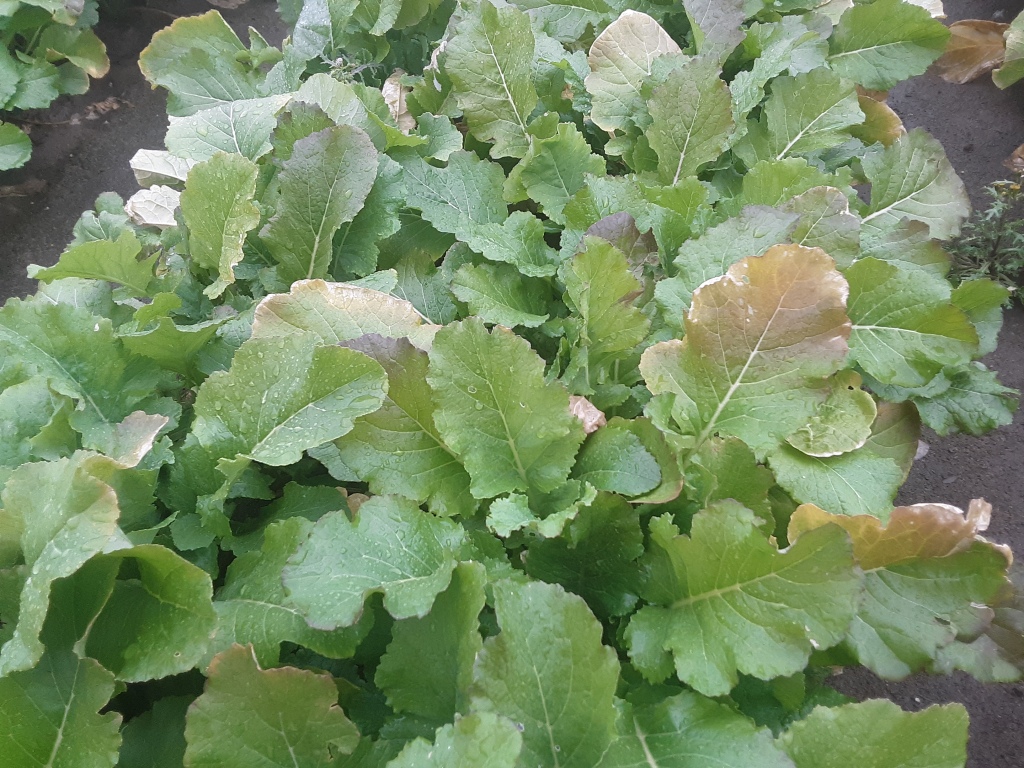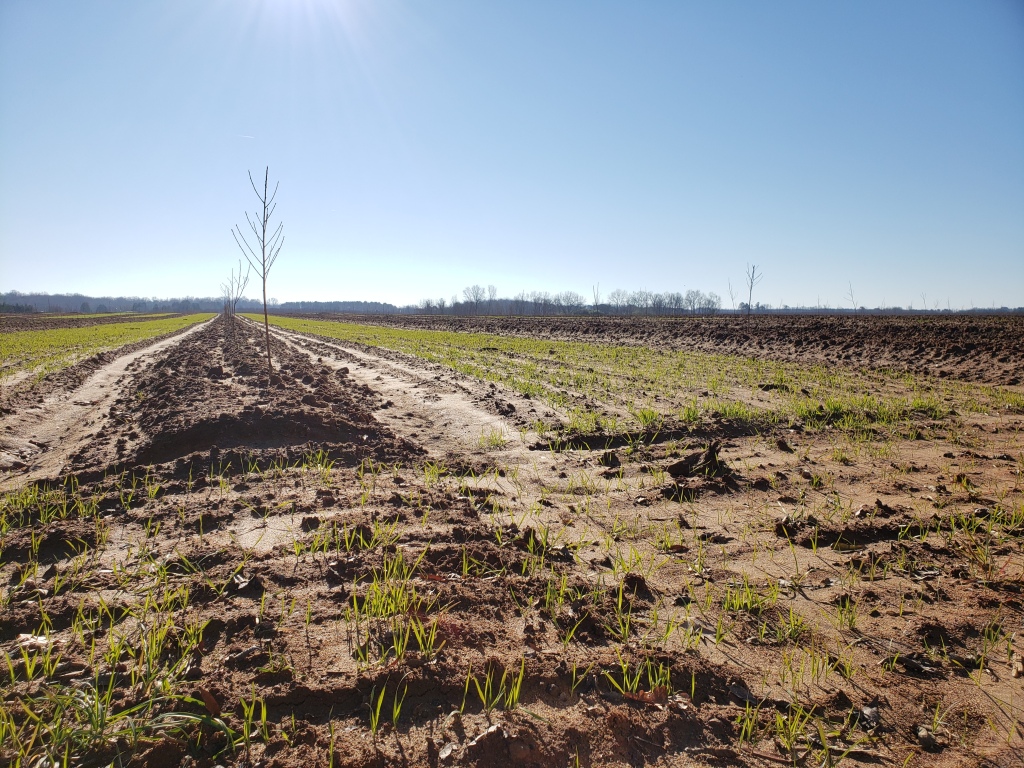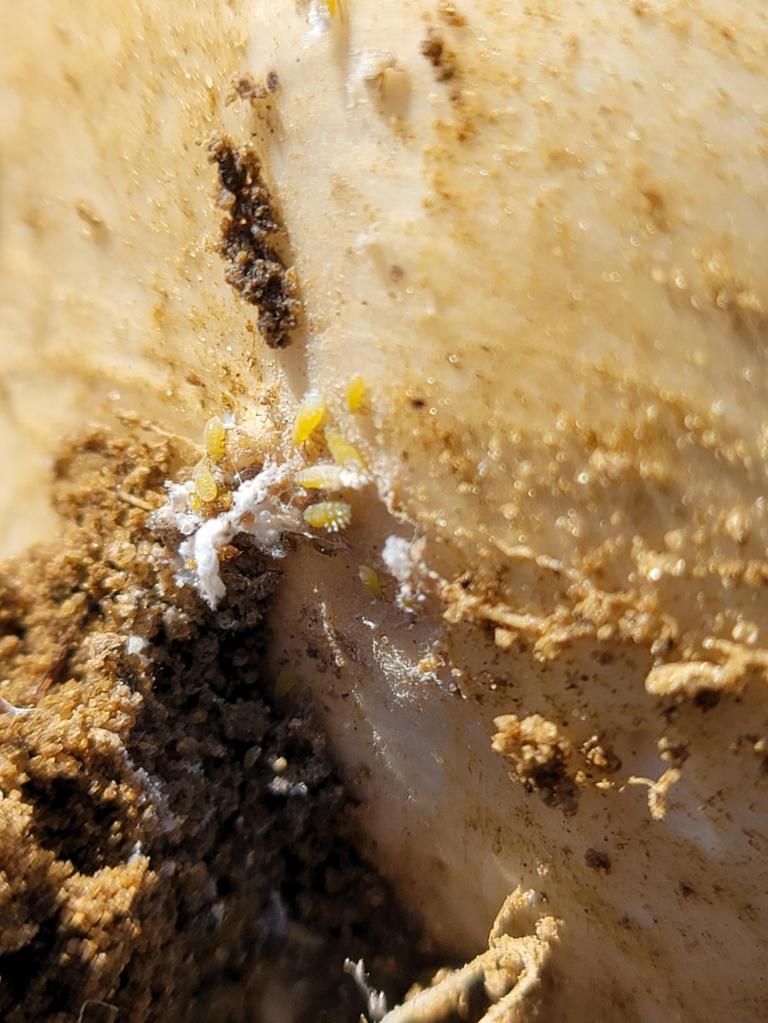Clemson Extension agents provide updates in the The South Carolina Grower this week about the status of various crops being produced throughout the state.
Coastal Region
Zack Snipes reports, “One of our weather stations in Mt. Pleasant got down to 19 degrees Fahrenheit (F) on Saturday night. Last Thursday our high was 73F, and 55 hours later it was 23F. That swing in temperatures can definitely hurt plants as they aren’t as acclimated to the cold when it hits. Our strawberries should be fine, as our temperatures did not get into the low teens or single digits along the coast. Time will tell how our brassicas fared in the cold temperatures.”


Midlands
Justin Ballew reports, “It’s been a cool week in the Midlands. We’re seeing symptoms of cold stress on brassicas, including reddening/purpling of leaf margins and some burn on our more tender greens and cabbage heads. There’s not much we can do about it other than wait for warmer days. Applying more fertilizer won’t do much until the soil warms up enough for the roots to speed up their growth again. We haven’t seen many insect or mite problems recently due to the cold, wet weather.”


Sarah Scott reports, “We had some wet weather this past weekend, so many growers are letting fields dry out before continuing to plant new peach trees. Pruning continues as well as some orchard floor maintenance. We are looking good on chilling requirements right now.”

Pee Dee
Phillip Carnley reports, “Happy to have some cooler weather to help put the brakes on strawberries in my area. A few growers are experiencing leaf spot, but population levels don’t warrant treatment at this time. With the cooler weather I have noticed an absence of aphids on foliage of falls greens, but they are finding overwintering sites on root vegetables like turnip below the soil line. Blueberries are already in the process of blooming as well.”



Upstate
Andy Rollins reports, “Strawberry crowns can be damaged by 18 degrees Fahrenheit. Thankfully the crown pictured below was not damaged even though the field hit 18 degrees. Top growing points are damaged and un-opened flower buds as well. As a rule of thumb, if you have a row cover, it should be put on when you believe these temperatures will be met. Flowers die at 30 degrees and need to be protected as well, but that is too early for us to. If you cover please make sure you uncover when temperatures rise up into 60s. Otherwise, you will force out all of your blooms. Dead blooms and leaves are there from warm spells earlier this winter. Rovral is an excellent choice for botryis crown rot but needs to be used before plants go into bloom. We are also pruning and planting peach trees, getting ready for a new year. Oil sprays are better applied after pruning if possible.”










